What Are the Symptoms of Living in a House With Mould?
Unfortunately, there are some people who haven’t been taught about mould, what it is, what it looks like and what it does to you and your home. However, the reality is, for those who don’t know, and for those who aren’t aware that they may be affected by mould, we are here to help.
In this blog, we will be answering the question ‘What are the symptoms of living in a house with mould?’’
To prevent mould, fresh air should constantly be introduced into your dwelling daily, as it helps to regulate temperature and reduce condensation. Introducing fresh air can be as simple as having a ventilation routine, or installing extractors or PIV systems. Almost all of this is facilitated by ducting.
I-Sells is here to provide the answers you need whilst also supplying you with all the information you need to combat mould and have a well-ventilated home.
A brief overview of mould
Mould, otherwise known as damp, is a fungus that grows on wet surfaces. Mould comes in a variety of colours: Black, Green, Brown, Grey and White. It can be difficult to identify mould by colour as it can occur in many shades. Some of the most common mould strains in the home are:
- Black Mould – Also called Stachybotrys chartarum, Black mould is commonly found in bathrooms and wet rooms but can also occur on cold exterior walls in habitable rooms such as the bedroom or living room.
- Cladosporium – Commonly found in bathrooms, under sinks, and around faucets but it can grow on surfaces like carpets, furniture, walls, and floors.
Mould reproduces from tiny spores. The spores float through the air and deposit on the surfaces. Under adequate temperature, moisture, and nutrient conditions, the spores can form new mould colonies.
If you have found mould in your home, you need to assess if this is your landlord’s responsibility (for example it could be from a leaking roof that needs repairing). Or if the dampness is caused by improper ventilation. To assess your options, click here.
Can I live in a home with mould?
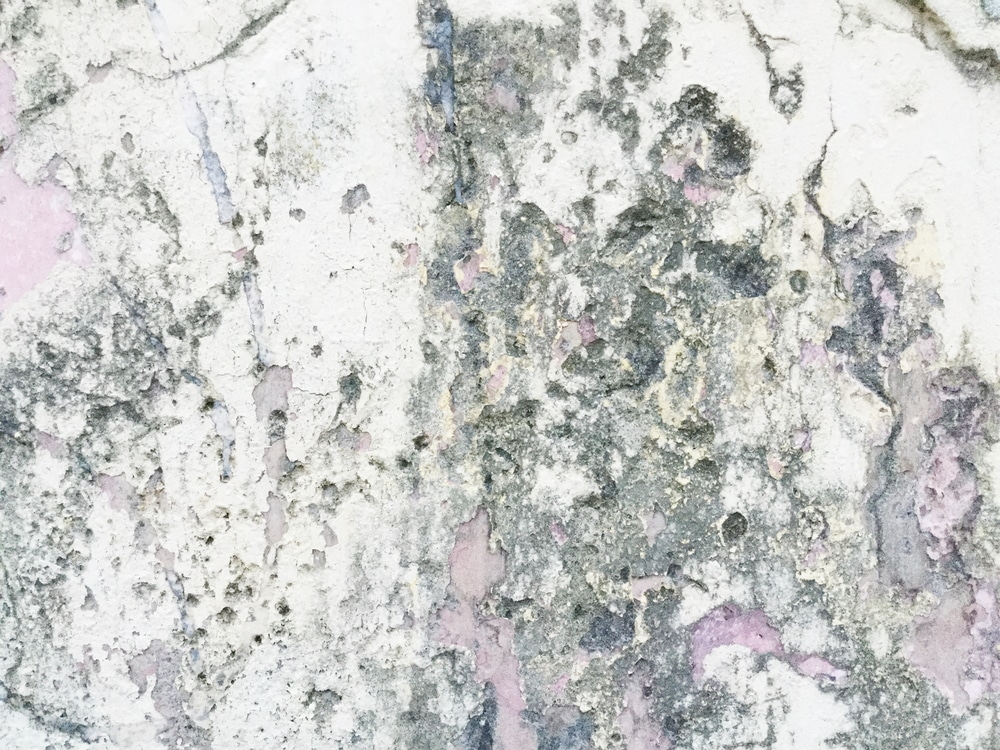
Yes, you can live in a home with mould, but over time this will severely affect your quality of life in terms of your health, alongside the state of your home. If you intend on selling your home in the future, but don’t treat the mould, expect the valuation to be lower than what you expect.
Are mould cleaning companies worth it?
If using mould-treating products isn’t working for you then absolutely, companies that specialise in the removal and prevention of mould are worth their weight in gold. Understandably, different companies will have their own protocols, but for the most part, here is what you can expect when consulting a mould-cleaning firm.
- They will assess the area or home for mould
- They will find the causes of the mould
- They will treat the mould
Sometimes the treatment of mould may require the removal or replacement of certain parts of the home, in this instance, most mould removal companies can only clean the mould, the removal or replacement of the area in question must be done by qualified builders if required. If that is the case, the mould cleaning company may have some helpful contacts.
What are the symptoms of living in a house with mould?
When you are living in a house with mould, there are two kinds of symptoms that will become apparent. One is physical symptoms, which are essentially issues you may experience with your health as a result of mould, and the other form of symptoms is in the home itself, for the purposes of this blog, we’ll refer to them as visible symptoms.
Below is a list of physical and visible symptoms that you can identify if you’re living in a house with mould.
Physical symptoms
- A regular cough
- Frequently falling ill (weakened immune system)
- Red or dry itchy skin
- Watery eyes
- Nasal congestion
Visible Symptoms
- A smell of dampness in the room where mould is
- A humid atmosphere in the room where mould is
- Wet-looking walls and surfaces near or where the mould is
- Visible mould, usually green, black or brown in colour
- wallpaper/plaster becoming weaker/peeling
- Condensation on surfaces
Mould treatment methods
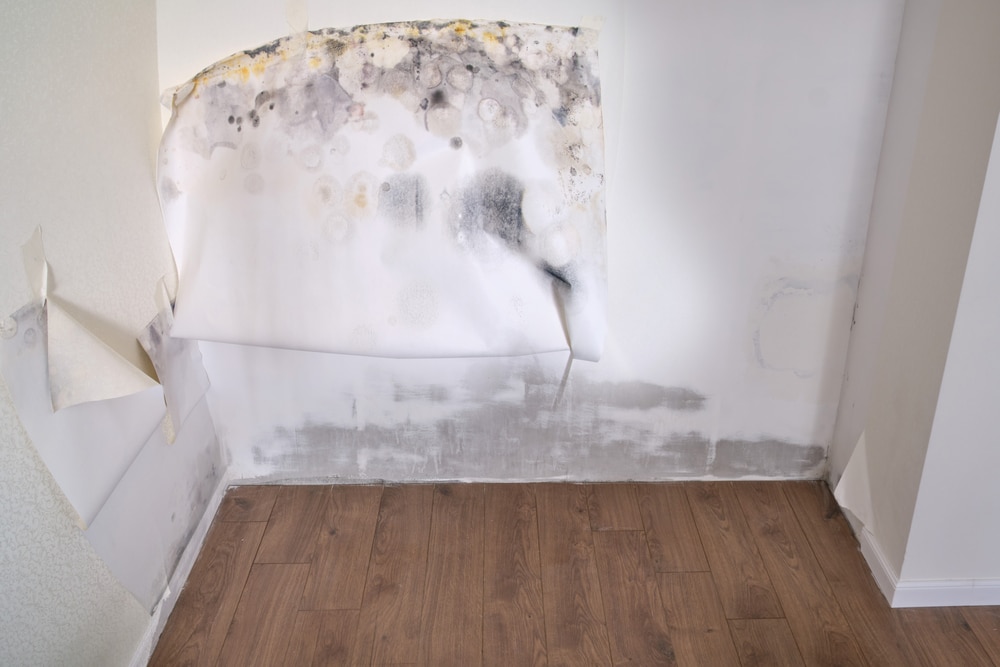
Mould doesn’t affect people instantly, but the longer you spend around it, the worse it can make you feel, especially if you have an allergy to it.
The spores of mould can easily spread through the air, and get trapped on surfaces of your furniture, and even your clothes. We personally advise you not to be in a room with mould.
We understand that in some instances, this can not be helped and you have to use the room in question, so what are your options? There are a few that we will list for you.
- Use a mould surface cleaner, or other mould treatment products such as an anti-mould paint. If the mould returns after using this, there may be a leak in the area or inadequate insulation.
- Contact local mould removers, they will not only assess the cause but treat it too, however, this may cost more.
- Contact your landlord for them to make the enquires etc. If the landlord has highlighted issues like these as their responsibility in your tenancy agreement then you can legally ask them to take care of it. However, some landlords may take too long in doing this, so be careful with this, as it is not something you should leave.
- Enquire about the ventilation, how old is it? Is it working efficiently? Ventilation helps to remove humidity in a room, if left unchecked humidity creates condensation which is the perfect breeding ground for mould.
Can I prevent mould myself?
With a little bit of work, you can secure your home as best as possible from mould, one of these methods is making sure your ventilation is working efficiently or investing in new extractor fans.
Another method is by being conscious of humidity in a room, you can use a hygrometer to measure the moisture in a room, but opening a window when having a hot bath or shower, or opening a window/ using an extractor fan when cooking hot meals can greatly aid in the prevention of mould.
We understand not all of our readers may have the same access to ventilation systems, but there is a natural alternative, which comes in the form of a ventilation routine.
A simple ventilation routine
Ventilation routines will vary depending on the building in question, as well as the time of year and the weather, but ventilation routines are as simple as this:
- Create a clear passage for air in your home by opening doors to room (propping them open if needed) and simply open the windows in your home. It doesn’t have to be every window, but just enough for you to feel the stream of air. Do this for 20 minutes a day.
Remove mould today
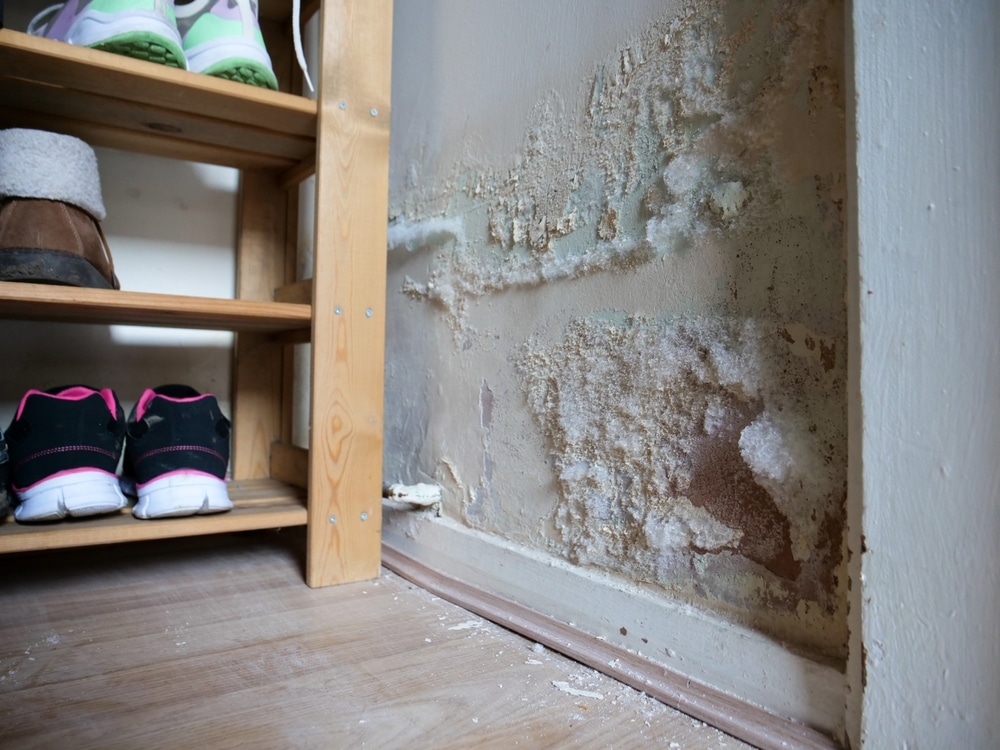
We at I-Sells endeavour to make sure our customers have all the information they need before choosing to invest in our mould solutions. Be sure to visit our blog page to gain knowledge on the wide array of factors and issues surrounding ventilation, mould, condensation, and much more.
We hope to have answered the question ‘What are the symptoms of living in a house with mould?’
We understand you may have more questions, Do not hesitate to contact us for more information with regard to whatever you need our help with. If you’d like to send us an email, click here. For other contact options, see below:
Call us on 020 8463 9696
Visit us at our showroom:
*OPENING TIMES*
Monday – Friday: 8:00 am to 5:30 pm
Saturday: 9:00 am to 12:00 pm
Sunday: Closed
15 St John’s Parade
Sidcup, Kent
DA14 6ES
United Kingdom

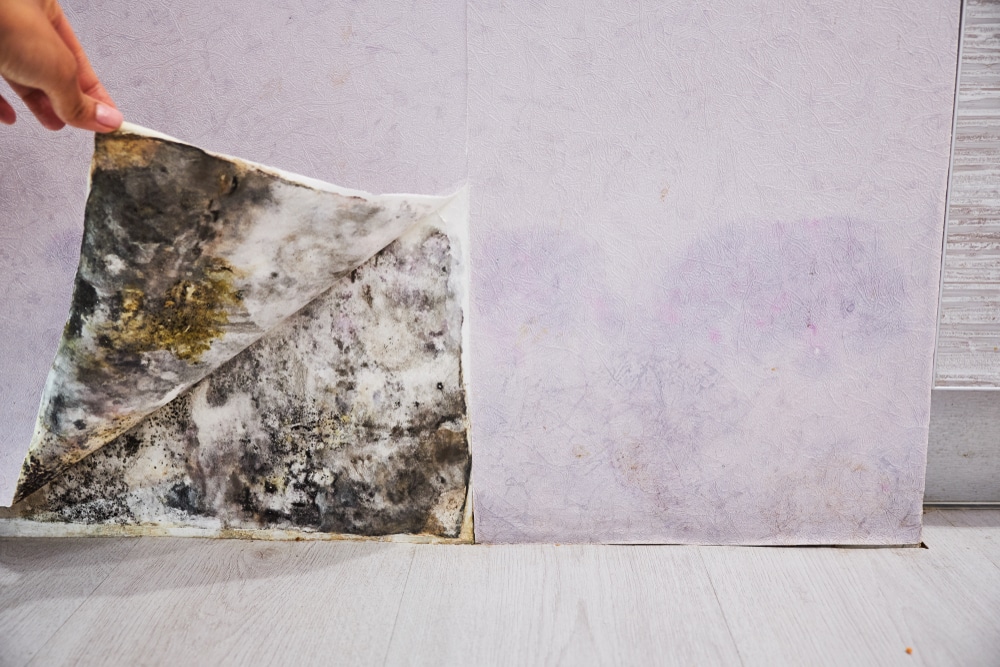




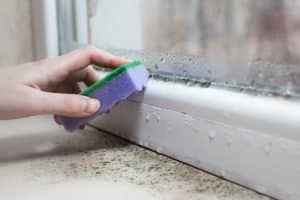






















Add comment
You must be logged in to post a comment.